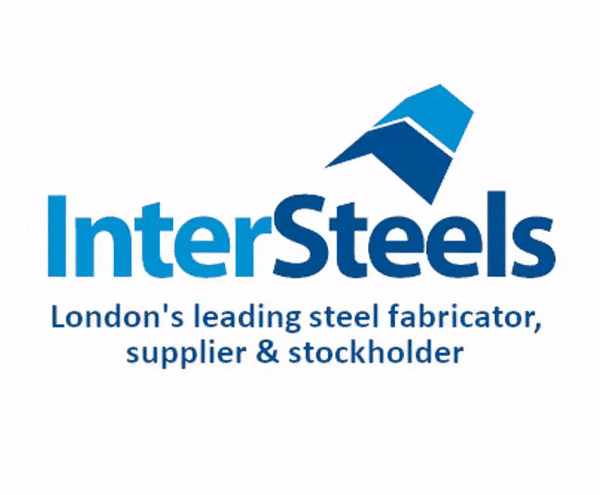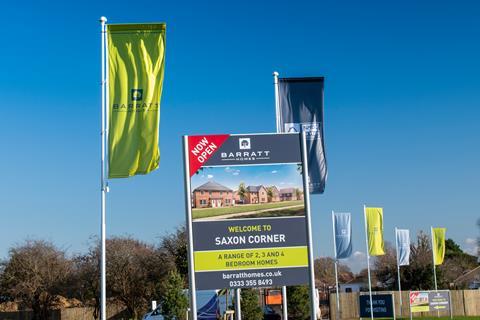The building forms part of £350m Talbot Gateway regeneration scheme that is transforming the town centre.
Muse and Blackpool Council have now confirmed VINCI’s, role in bringing forward the 215,000sq ft highly-sustainable office building for the Civil Service.
More than 3,000 public servants will relocate to the seven-storey regional hub when it completes in March 2025.
Alan McBride, projects director at Muse, said: “We’re pleased to appoint VINCI Building and to start on site building this fantastic facility on behalf of Blackpool Council.
“As a business, we’re committed to creating places with purpose for people that offer tangible environmental and social benefits to local communities, and are looking forward to seeing the building progress.
“We’re focused with partners as we re-energise the town centre, by delivering a place that blends the town’s rich history with its aspirations for the future. We’re delighted to be playing such an important role with the council in delivering our shared vision for building a better, more attractive and resilient Blackpool”
Gary Bowker, regional managing director at VINCI Building, said: “The development of such a significant Grade A office in the town centre will significantly increase daytime footfall once completed and will undoubtedly benefit local businesses over the long term.
“Low energy and low carbon design and material choice has been at the heart of decision making and this will result in a truly energy efficient, low carbon building that we can all be proud of. It has been a real team effort through the pre-construction phase, and we look forward to this continuing on to site.”
The new building has been designed by architects, Make to BREEAM “Excellent” standard.
An inclusive approach to sustainability was taken from the outset to make sure the building will be as energy-efficient as possible, with high levels of insulation and air source heat pumps to provide low-carbon heating and cooling.
Demand-driven ventilation will improve indoor air quality, while at the same time allowing energy savings during times when the building is not occupied.
During the building’s inception, partners completed early-stage whole life and upfront embodied carbon assessments, to eliminate inefficiencies where possible and reduce the building’s whole carbon footprint.
This results in the new offices aiming to reduce its upfront embodied carbon intensity to 800 kgCO2e/m2. compared with 1100kgCO2e/m2 for a typical office development.


.gif)


.gif)
.png)

